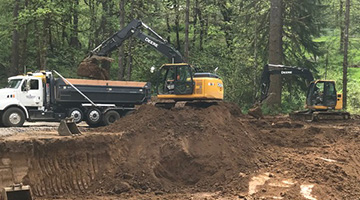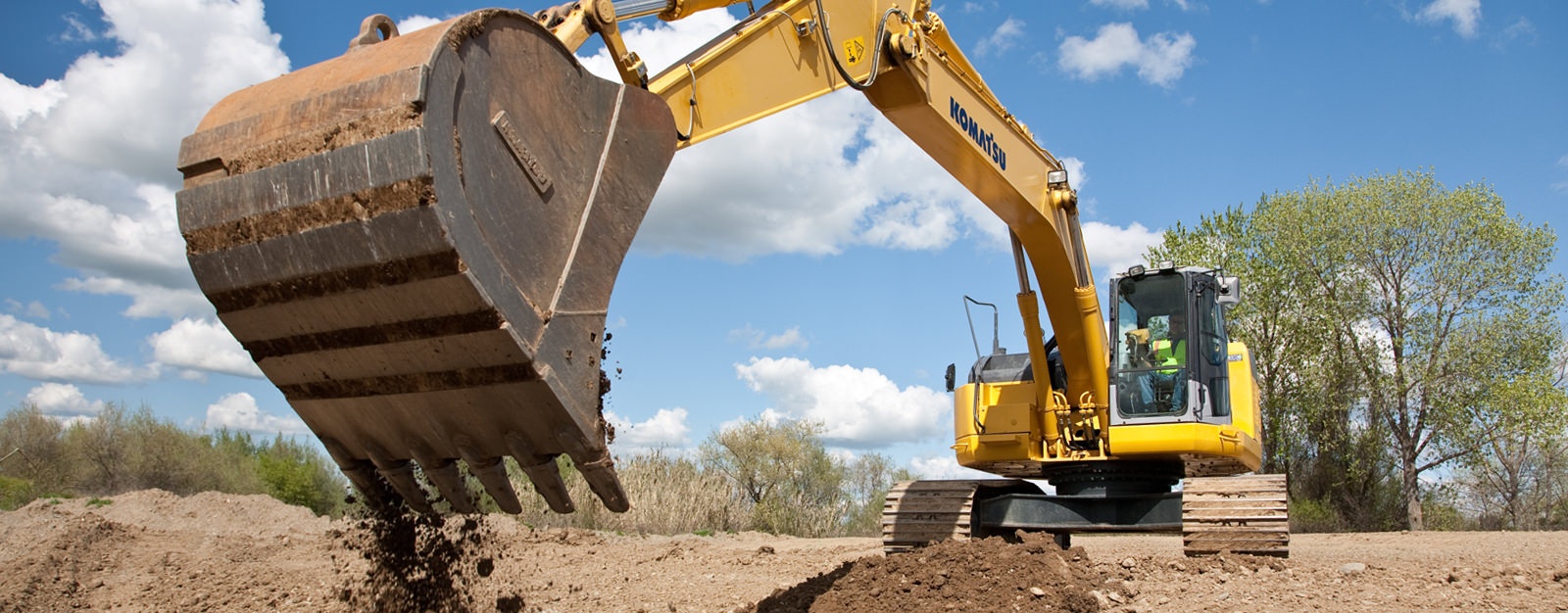Comprehensive Exploration: The Scientific Research Behind Superior Excavation Practices
The world of excavation methods is a domain where scientific research intertwines with craftsmanship to uncover the mysteries hidden below the planet's surface area. From ancient hand devices to contemporary hydraulic excavators, the evolution of excavation techniques has been a testimony to human resourcefulness and technological innovations. However, what really sets superior excavation practices apart is a deep understanding of geological principles, combined with the application of cutting-edge tools and techniques. By exploring the science behind these techniques, we can discover the keys that lie below our feet and appreciate the precision and knowledge that enter into every dig.
Advancement of Excavation Techniques
Throughout history, the advancement of excavation methods has played an essential role beforehand building and construction techniques and archaeological discoveries. From the rudimentary devices made use of by our forefathers to the sophisticated machinery employed in contemporary times, the progression of excavation approaches has significantly changed just how we approach numerous tasks.
In old times, manual work with standard devices such as wheelbarrows, pickaxes, and shovels was the primary method of excavation. This labor-intensive process restricted the depth and scope of excavations, typically causing sluggish development and limited access to particular websites. Nevertheless, as civilizations progressed, so did the devices and methods used for excavation.
The Industrial Revolution marked a transforming factor in excavation techniques with the introduction of steam-powered equipment. In contemporary times, innovation plays a critical function in excavation, with developments like GPS systems, drones, and 3D scanning boosting accuracy and efficiency in the field.
Function of Modern Technology in Excavation

The integration of sophisticated innovation has basically changed the field of excavation, enhancing accuracy and effectiveness to unmatched degrees. Among the crucial technical improvements that has actually considerably affected excavation methods is the utilization of general practitioner systems. These systems permit exact mapping of excavation websites, enabling operators to properly situate underground utilities and structures. In addition, making use of telematics in excavation tools has enabled real-time surveillance of maker performance, causing positive upkeep and boosted functional performance.
Furthermore, the arrival of 3D modeling and simulation software application has streamlined the planning process for excavation jobs. Engineers and drivers can now visualize the whole excavation process before damaging ground, identifying possible difficulties and enhancing workflow. In conjunction with this, the implementation of drones in excavation tasks has promoted aerial surveys, volumetric measurements, and website examinations with unmatched rate and precision.
Geological Concepts in Excavation
An understanding of geological concepts is important for guaranteeing the structural honesty and security of excavation sites. Geological variables play a vital role in determining the usefulness and security of excavation tasks.
In addition, the geological framework of the location, including mistakes, cracks, and rock formations, must be very carefully analyzed visit our website to recognize possible risks and difficulties. Digging deep into near mistake lines or unsteady rock developments can bring about instability and possible risks. By performing thorough geological surveys and analysis, excavators and engineers can establish methods to reduce dangers and make certain the effective completion of excavation jobs. Inevitably, incorporating geological principles into excavation methods is vital for accomplishing risk-free, reliable, and lasting outcomes.

Most Recent Tools for Excavation
In the realm of excavation techniques, contemporary advancements in tools have revolutionized the performance and accuracy of excavation procedures. These drones can provide thorough airborne studies of excavation sites, using real-time data on topography and prospective hazards.
An additional cutting-edge device gaining appeal is the application of 3D printing technology for creating custom excavation equipment. This enables the production of specialized devices that are customized to the details requirements of a job, raising efficiency and decreasing downtime.
Moreover, developments in materials scientific research have actually brought about the growth of stronger and a lot more sturdy excavation tools. lancaster excavation. Tungsten carbide-tipped excavator add-ons, for instance, deal premium efficiency in difficult ground problems, improving performance on-site
Science's Effect on Excavation Practices

Moreover, improvements in products scientific research have brought about the creation of more powerful, more durable excavation devices and equipment. As an example, making use of composite products in miners and shovels has boosted their performance and longevity, eventually boosting efficiency on excavation sites. Furthermore, clinical research on dirt auto mechanics and geotechnical engineering has actually offered useful understandings into soil behavior, permitting excavation professionals to make educated choices relating to excavation methods and soil stabilization methods. On the whole, scientific research remains to drive technology and enhancement in excavation practices, making excavation projects extra effective, cost-efficient, and sustainable.

Conclusion
To conclude, the evolution of excavation techniques has actually been greatly influenced by advancements in technology and a much deeper understanding of geological principles. The newest devices and devices made use of in excavation have actually improved efficiency and accuracy in the field. The application of clinical understanding has dramatically enhanced excavation techniques, resulting in much more lasting and effective techniques for digging deep into different sorts of products.
In the world of excavation methods, contemporary developments in tools have changed the performance and precision of excavation procedures. By leveraging clinical concepts, the excavation industry has actually been able to significantly improve effectiveness, accuracy, and safety and security in excavation processes. GPR allows excavation groups to non-invasively check and map subsurface structures, energies, and prospective threats, allowing them to intend imp source excavation projects with higher accuracy and lowered danger of accidents.
Additionally, scientific research study on dirt auto mechanics and geotechnical design has offered useful insights right into dirt behavior, permitting excavation experts to make informed choices regarding excavation methods and dirt stabilization techniques. Overall, science continues to drive development and renovation in excavation techniques, making excavation tasks much more reliable, cost-effective, and lasting.